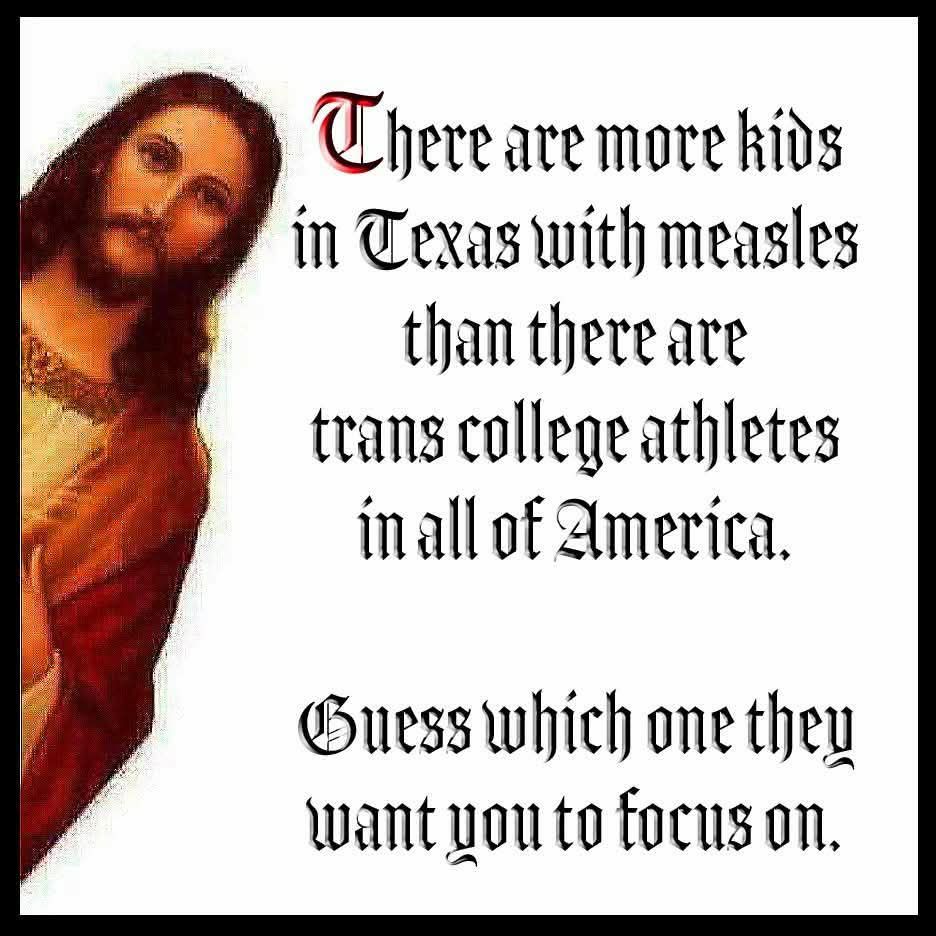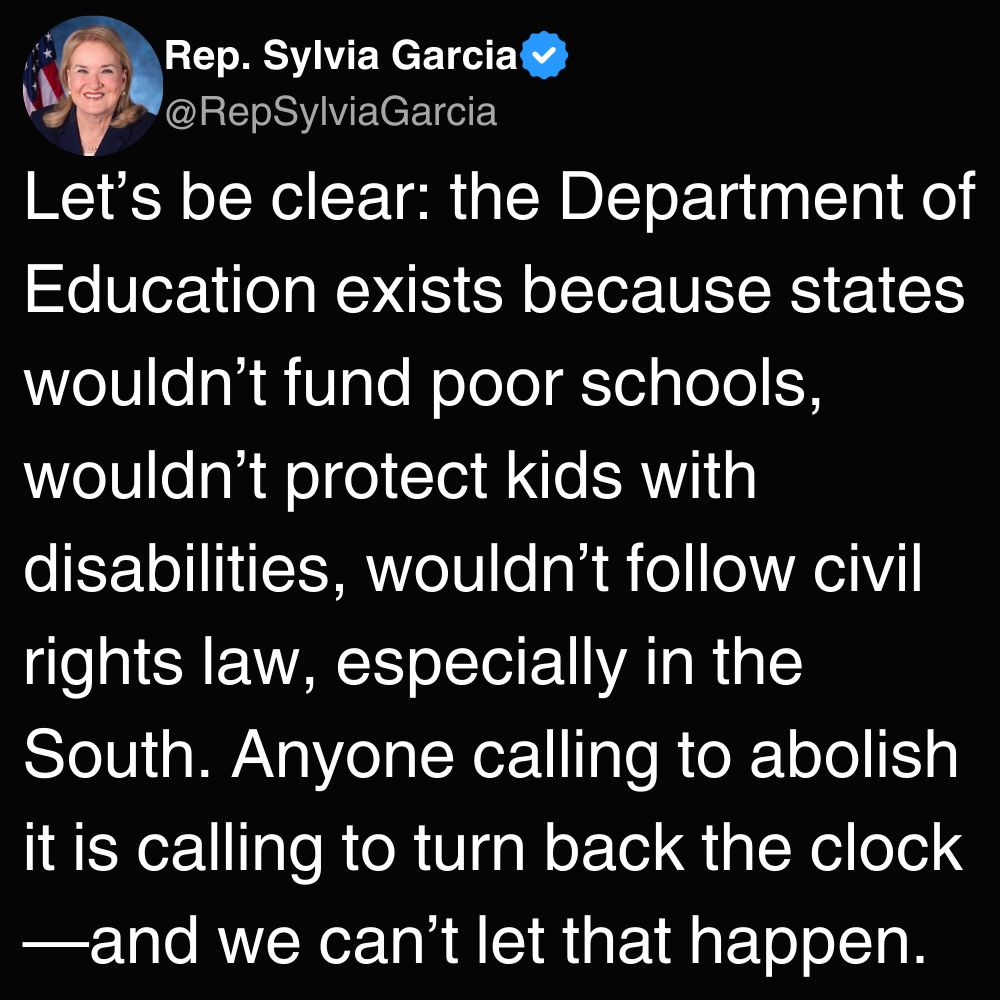Blog
The Vela supernova remnant is a supernova remnant in the southern constellation Vela. Its source Type II supernova exploded approximately 11,000 years ago (and was about 900 light-years away). The association of the Vela supernova remnant with the Vela pulsar, made by astronomers at the University of Sydney in 1968, was direct observational evidence that supernovae form neutron stars.
The Vela supernova remnant includes NGC 2736. Viewed from Earth, the Vela supernova remnant overlaps the Puppis A supernova remnant, which is four times more distant. Both the Puppis and Vela remnants are among the largest and brightest features in the X-ray sky.
The Vela supernova remnant is one of the closest known to us. The Geminga pulsar is closer (and also resulted from a supernova), and in 1998 another near-Earth supernovaremnant was discovered, RX J0852.0-4622, which from our point of view appears to be contained in the southeastern part of the Vela remnant. This remnant was not seen earlier because when viewed in most wavelengths, it is lost in the Vela remnant.
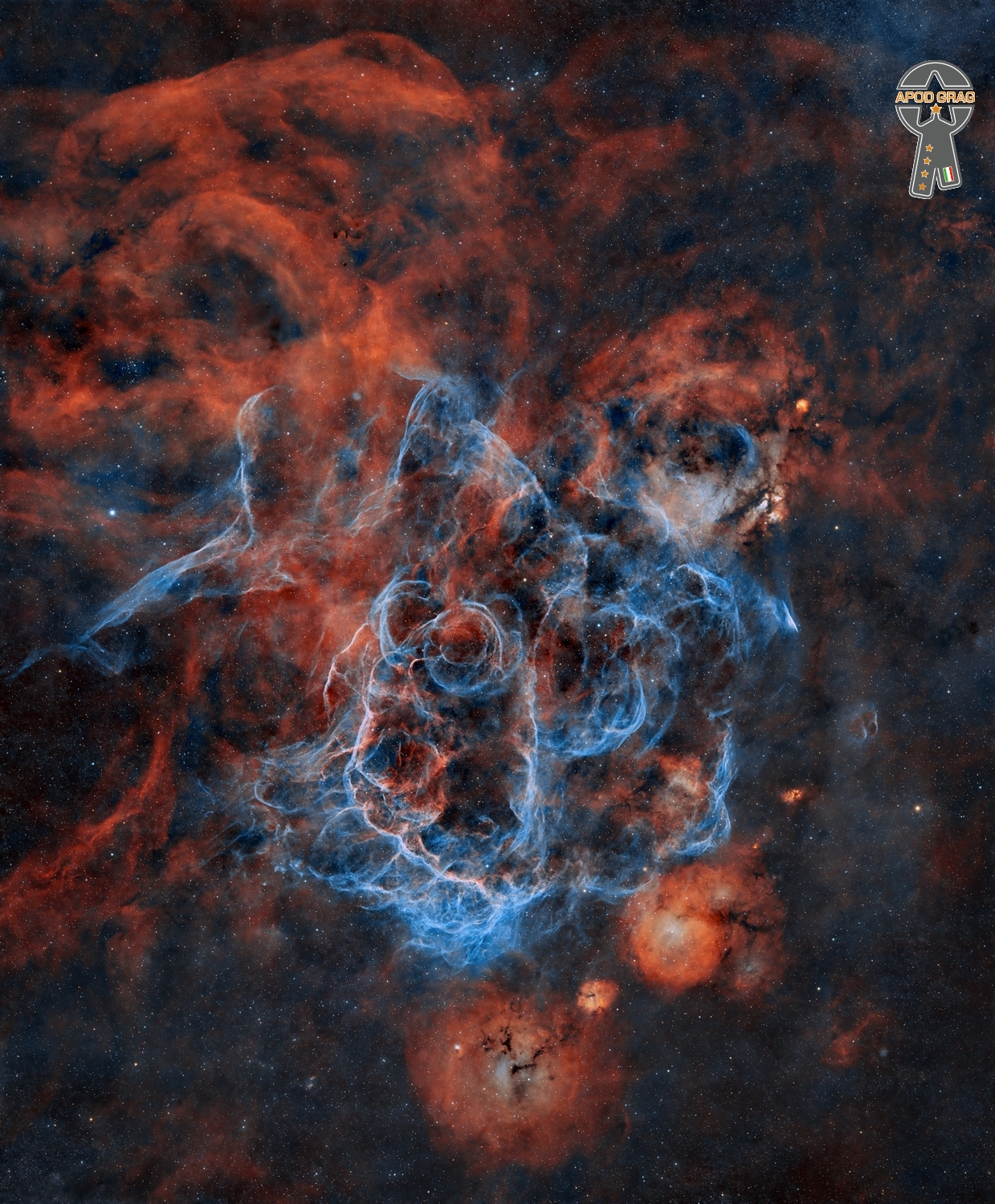
Yvette Marie Stevens (born March 23, 1953), better known by her stage nameChaka Khan , is an American singer. Known as the “Queen of Funk“, her career has spanned more than five decades beginning in the early 1970s as the lead vocalist of the funk band Rufus. With the band she recorded the notable hits “Tell Me Something Good,” “Sweet Thing,” “Do You Love What You Feel,” and the platinum-certified “Ain’t Nobody.” Her debut solo album featured the number-one R&B hit “I’m Every Woman” (which became a pop hit for Whitney Houston). Khan scored another R&B charts hit with “What Cha’ Gonna Do for Me” before becoming the first R&B artist to have a crossover hit featuring a rapper, with her 1984 cover of Prince‘s “I Feel for You.” More of Khan’s hits include “Through the Fire” and a 1986 collaboration with Steve Winwood that produced a number-one hit on the Billboard Hot 100, “Higher Love.”
more...David Jay Grisman (born March 23, 1945 Hackensack, NJ) is an American mandolinist. His music combines bluegrass, folk, and jazz in a genre he calls “Dawg music”. He founded the record label Acoustic Disc, which issues his recordings and those of other acoustic musicians. He was inducted into the International Bluegrass Music Hall of Fame in 2023.
more...Woodville bluesman Robert Cage was born in New Orleans on March 23, 1937, but his family, which has roots in southwestern Mississippi, soon moved to Natchez, where he spent his first six years. They then moved to the Percy Creek community, about ten miles west of Woodville near Lake Mary, where he lived for several decades. He recalls that the first time he heard blues was via records on the “autophone” at his mother Carrie’s juke joint, which was located next to their home. [“Autophone” was the brand name of an early coin-operated machine, though it was used generically to refer to jukeboxes]. He recalls that there were other jukes in the area, including Nancy Green’s near Port Adams.
Cage particularly enjoyed the recordings of John Lee Hooker and was also influenced by local performers who played at the juke, including guitarist Lee Baker and fiddler Nolan Cage, a relative. His most important influence, though, was the guitarist/vocalist Scott Dunbar [1904-1994], who worked as a fishing guide on Lake Mary and often performed solo at the juke. In the mid-‘50s folklorist Frederic Ramsey recorded Dunbar as well as several of his family members, and Folkways Records later issued the recordings; a photograph of Dunbar appears on the first edition of Ramsey’s 1960 book Been Here and Gone. Folklorist Bill Ferris later recorded Dunbar, and a 1970 LP of Dunbar’s music on the Ahura Mazda label, From Lake Mary, was later reissued on CD on Fat Possum.
Cage’s mother gave him a guitar when he was eleven, and he first encountered Dunbar when he was around thirteen by surreptitiously listening to him at the juke. He “studied the devil out of” Dunbar’s songs, and today still performs many of these in a style similar to that of Dunbar, including “Easy Rider,” “Who Been Fooling You,” and “Little Liza Jane.” By eighteen Cage formed his own band with his cousins Ray Trass and Little Miller, with a drummer beating on a beer box. Because of local alcohol prohibitions, they performed mostly in clubs in nearby Louisiana including the State Line Club, where they were the house band, and the Black Cat.
He later led a band called the Blues Boys that featured saxophone and trumpet players and recalls that they played a wide variety of music and that he often played just like Chuck Berry. From the late ‘80s until 2001 he often played at the Hilltop Club just south of the border in Louisiana in a band that featured his son, Vincent “Buck” Cage, on bass, and C.L. Ward on drums.
In 1997 Fat Possum Records’ Bruce Watson and Matthew Johnson traveled to Woodville to try to locate Scott Dunbar, who had died several years earlier, and were referred to Cage. They recorded him and in 1998 issued the CD Can See What You’re Doing. Cage subsequently traveled to Japan and France to perform and traveled on multiple national tours as part of the Fat Possum Juke Joint Caravan. In 2008 he appeared at the Deep Blues Festival in Minnesota together with Natchez drummer/harmonica player Hezekiah Early and occasionally performed at events in the Miss-Lou area. For many decades Cage’s primary occupation was as a mechanic for large trucks, which he repaired at his home just west of downtown Woodville.
Cage passed away on July 23, 2012.
more...Iverson Minter (March 23, 1932 – February 25, 2012), known professionally as Louisiana Red, was an American blues guitarist, harmonica player, and singer, who recorded more than 50 albums. A master of slide guitar, he played both traditional acoustic and urban electric styles, with lyrics both honest and often remarkably personal. His career includes collaborations with artists as Muddy Waters, John Lee Hooker, Eric Burdon, and others.
more...Granville Henry “Stick” McGhee (March 23, 1918 – August 15, 1961) was an American jump blues guitarist, singer and songwriter, best known for his blues song “Drinkin’ Wine, Spo-Dee-O-Dee“, which he wrote with J. Mayo Williams.
In the military, McGhee often played his guitar. One of the songs he performed was “Drinkin’ Wine, Spo-Dee-O-Dee”, one of the earliest prototypical rock-and-roll songs. Cover versions were recorded by Wynonie Harris, Lionel Hampton, Big John Greer, Johnny Burnette, Jerry Lee Lewis, and Mike Bloomfield‘s Electric Flag (as “Wine”). The song lent its name to the alcoholic fruit drink spodi. In 1946 Granville and Brownie McGhee wrote a version of the song that didn’t use profanity. Harlem Records released the new version in January 1947. It sold for 49 cents. It did not get much airplay until two years later, when Stick re-created the song for Atlantic Records.[1] It was on the Billboard R&B chart for almost half a year, rising to number 2, where it stayed for four weeks.
Numerous cover versions of his songs were recorded over the years. The first cover was by Lionel Hampton, featuring Sonny Parker; next was a cover by Wynonie Harris, followed by a hillbilly-bop version by Loy Gordon & His Pleasant Valley Boys. “Drinkin’ Wine, Spo-Dee-O-Dee” continued to be popular throughout the 1950s in cover versions by various artists, including Malcolm Yelvington in 1954, Johnny Burnette in 1957, and Jerry Lee Lewis in 1959.
more...Coco Tea Memorial
Sad news: another reggae icon has flown to Zion. The reggae community mourns the loss of sweet sweet Cocoa Tea. The veteran singer passed away at a hospital in Broward, Ft Lauderdale, Florida, following a cardiac arrest. Cocoa Tea, known for his sweet, melodic voice, as well as his powerful chanting, was 65-years-old. Rest in power, legend. Your music will live on forever! Our sincere condolences to his family and friends.
https://www.reggae-vibes.com/articles/2025/03/sweet-sweet-cocoa-tea-has-died
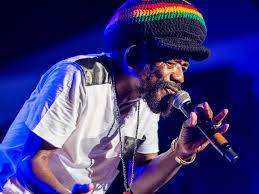
Hickson 44 (HCG 44) is a group of galaxies in the constellation Leo. As Arp 316, a part of this group is also designated as group of galaxies in the Atlas of Peculiar Galaxies. NGC 3185/87/90/93.
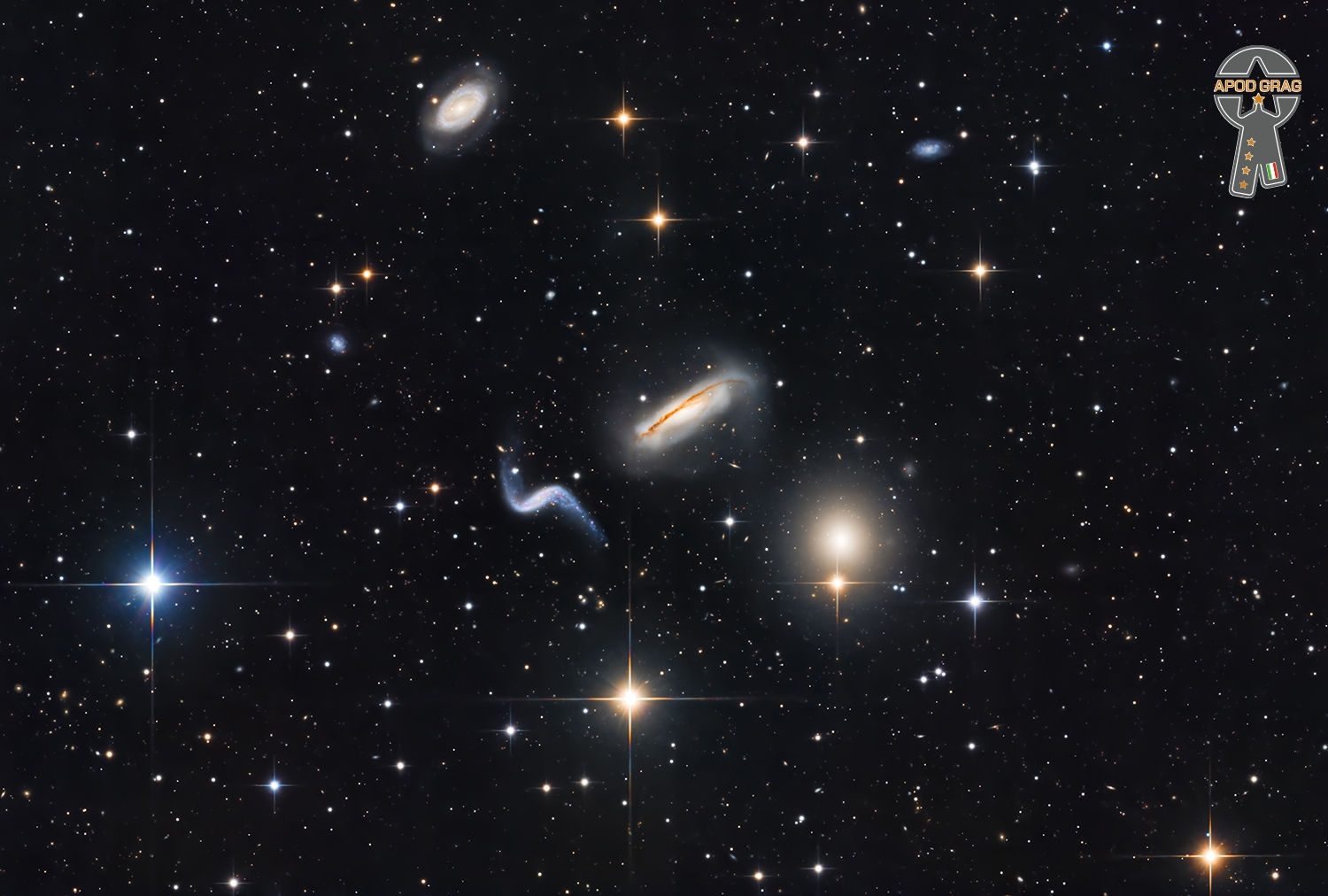
Andrew Lloyd Webber, Baron Lloyd-Webber (born 22 March 1948) is an English composer and impresario of musical theatre. Several of his musicals have run for more than a decade both in the West End and on Broadway. He has composed 21 musicals, a song cycle, a set of variations, two film scores, and a Latin Requiem Mass.
Several of Lloyd Webber’s songs have been widely recorded and widely successful outside their parent musicals, such as “Memory” from Cats, “The Music of the Night” and “All I Ask of You” from The Phantom of the Opera, “I Don’t Know How to Love Him” from Jesus Christ Superstar, “Don’t Cry for Me Argentina” from Evita, and “Any Dream Will Do” from Joseph and the Amazing Technicolor Dreamcoat. In 2001, The New York Times referred to him as “the most commercially successful composer in history”. The Daily Telegraph named him in 2008 the fifth-most powerful person in British culture, on which occasion lyricist Don Black said that “Andrew more or less single-handedly reinvented the musical.”
Lloyd Webber has received numerous awards, including a knighthood in 1992, followed by a peerage for services to the arts, six Tonys, seven Olivier Awards, three Grammys(as well as the Grammy Legend Award), an Academy Award, 14 Ivor Novello Awards, a Golden Globe, a Brit Award, the 2006 Kennedy Center Honors, and two Classic Brit Awards (for Outstanding Contribution to Music in 2008, and for Musical Theatre and Education in 2018). In 2018, after Jesus Christ Superstar Live in Concert won the Primetime Emmy Award for Outstanding Variety Special (Live), he became the thirteenth person to win an Oscar, an Emmy, a Grammy, and a Tony. He has a star on the Hollywood Walk of Fame, is an inductee into the Songwriters Hall of Fame, and is a fellow of the British Academy of Songwriters, Composers, and Authors.
The Really Useful Group, Lloyd Webber’s company, is one of the largest theatre operators in London. Producers in several parts of the UK have staged productions, including national tours, of Lloyd Webber musicals under licence from the Really Useful Group. He is also the president of the Arts Educational Schools, London, a performing arts school located in Chiswick, west London. Lloyd Webber is involved in a number of charitable activities, including the Elton John AIDS Foundation, Nordoff Robbins, Prostate Cancer UK and War Child. In 1992, he started the Andrew Lloyd Webber Foundation which supports the arts, culture, and heritage of the UK.
more...Leo “Bud” Welch (March 22, 1932 – December 19, 2017 Bruce, MS) was an American gospel blues musician and guitarist. He started his music career in 2014, with the release of the album Sabougla Voices by Big Legal Mess Records. His subsequent studio album, I Don’t Prefer No Blues, also recorded for Big Legal Mess, was released in 2015.
more...
Stephen Joshua Sondheim (March 22, 1930 – November 26, 2021) was an American composer and lyricist. Regarded as one of the most important figures in 20th-century musical theater, he is credited with reinventing the American musical.With his frequent collaborators Harold Prince and James Lapine, Sondheim’s Broadwaymusicals tackled unexpected themes that ranged beyond the genre’s traditional subjects, while addressing darker elements of the human experience. His music and lyrics are tinged with complexity, sophistication, and ambivalence about various aspects of life.
Sondheim’s interest in musical theater began at a young age, and he was mentored by Oscar Hammerstein II. He began his career by writing the lyrics for West Side Story(1957) and Gypsy (1959). He transitioned to writing both music and lyrics for the theater, with his best-known works including A Funny Thing Happened on the Way to the Forum (1962), Company (1970), Follies (1971), A Little Night Music (1973), Sweeney Todd: The Demon Barber of Fleet Street (1979), Merrily We Roll Along (1981), Sunday in the Park with George (1984), and Into the Woods (1987).
Sondheim’s numerous awards and nominations include eight Tony Awards, an Academy Award, eight Grammy Awards, an Olivier Award, and the Pulitzer Prize. He also was awarded the Kennedy Center Honor in 1993 and a Presidential Medal of Freedom in 2015. A theater is named after him both on Broadway and in the West End of London. Film adaptations of his works include West Side Story (1961), Gypsy(1962), A Funny Thing Happened on the Way to the Forum (1966), A Little Night Music(1977), Sweeney Todd: The Demon Barber of Fleet Street (2007), Into the Woods(2014), and West Side Story (2021).
more...Fred Anderson (March 22, 1929 – June 24, 2010) was an American jazz tenor saxophonist who was based in Chicago, Illinois. Anderson’s playing was rooted in the swing music and hard bop idioms, but he also incorporated innovations from free jazz.[4] Anderson was also noted for having mentored numerous young musicians.Critic Ben Ratliff called him “a father figure of experimental jazz in Chicago”. Writer John Corbett referred to him as “scene caretaker, underground booster, indefatigable cultural worker, quiet force for good.” In 2001, author John Litweiler called Anderson “the finest tenor saxophonist in free jazz/underground jazz/outside jazz today.”
more...eorge Washington Benson (born March 22, 1943 Pittsburg) is an American jazz fusionguitarist, singer, and songwriter. He began his professional career at the age of 19 as a jazz guitarist.
A former child prodigy, Benson first came to prominence in the 1960s, playing soul jazzwith Jack McDuff and others. He then launched a successful solo career, alternating between jazz, pop, R&B singing, and scat singing. His album Breezin’ was certified triple-platinum, hitting No. 1 on the Billboard album chart in 1976. His concerts were well attended through the 1980s, and he still has a large following. Benson has won ten Grammy Awards and has been honored with a star on the Hollywood Walk of Fame.
more...Aurelio Martínez Suazo, the Honduran musician who championed his country’s Garifuna people (also known as the Garínagu) and brought the music to wider international attention, has died. Martínez was one of 13 people killed last night (Monday, March 17) in a small plane crash off the coast of the Caribbean island of Roatán, according to The Associated Press. He was 55 years old.
Born in the isolated town of Plaplaya, in Honduras’ Gracias a Dios district, in 1969, Martínez participated in traditional Garifuna rituals from a young age. Typically performed on acoustic guitar with percussive accompaniment, Garifuna songs combine West African rhythms with Latin, reggae, and calypso music. At the age of 14, Martínez moved to the port city La Ceiba, where he began performing in various latin jazz ensembles. Eventually, he formed his first group, Lita Ariran, whose 1995 album, Songs of the Garifuna, made them one of the first Garifuna bands distributed on an international label.
Two years later, Martínez met Andy Palacio, a fellow rising star in Garifuna music from Belize, when the two recorded the duet “Lánarime Lamiselu” for Stonetree Records’ compilation Paranda: Africa in Central America. He put out his debut solo album, Garifuna Soul, in 2004, and, in 2005, was elected as the first member of African descent in the National Congress of Honduras, where he fought for the rights of the Garifuna community. Following Palacio’s death, in 2008, however, Martínez returned to music, and would go on to release three more studio LPs under the moniker Aurelio: Laru Beya, in 2011, Lándini, in 2014, and Darandi, in 2017. Last year, Lándini was named as one of the best Latin American albums of all time in the Los 600 discos de Latinoamérica, a list project compiled by music journalists from the region.
Aurelio Martínez Suazo (26 September 1969 – 17 March 2025), professionally known as Aurelio, was a Honduran singer-songwriter and politician. Known for his Garifuna music, he was considered a cultural ambassador of the Garifuna people. According to The Guardian, he became the leading Garifuna performer after the death of musician Andy Palacio. His acclaimed album “Laru Beya” was considered among the best albums of Latin American music, according to Los 600 de Latinoamérica, a 2024 ranking made by Latin American music critics.
more...More Posts
- The Cosmos with UGC 477
- Johnny Cash Day
- Fats Domino Day
- Dave Pell Day
- World Fusion with Les Amazones D’Afrique
- Daily Roots with Mafia & Fluxy
- Friends School of MN Classes
- Happy Mardi Gras Day 2020 BEAU KOO JACKS Fat Tuesday show
- The Cosmos with NGC 5394/95
- George Harrison Day
- Hal Blaine Day
- Rene Thomas Day
- Ralph Stanley Day
- Daily Roots with Channel One Boiler Room
- BEAU KOO JACKS Fat Tuesday 2020 Celebration
- Friends School of MN Classes
- The Cosmos with NGC 2008
- Nicky Hopkins Day
- David “Fathead” Newman Day
- Eddie Chamblee Day
